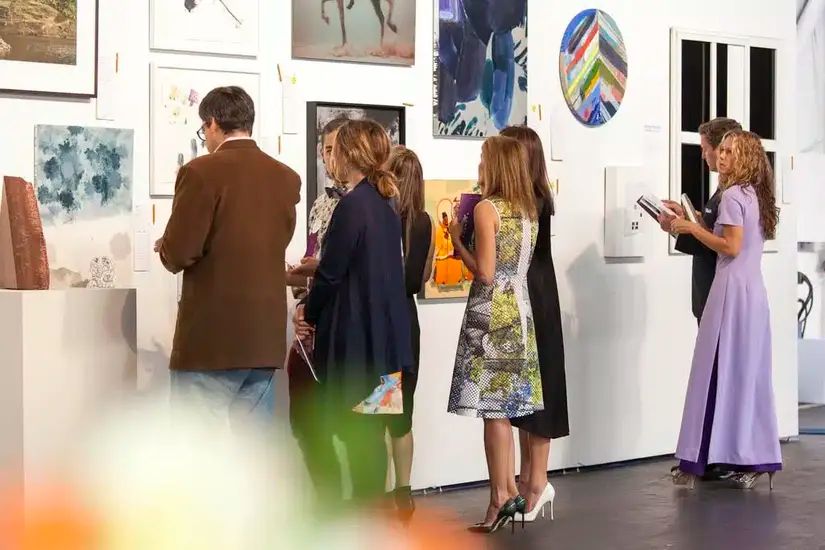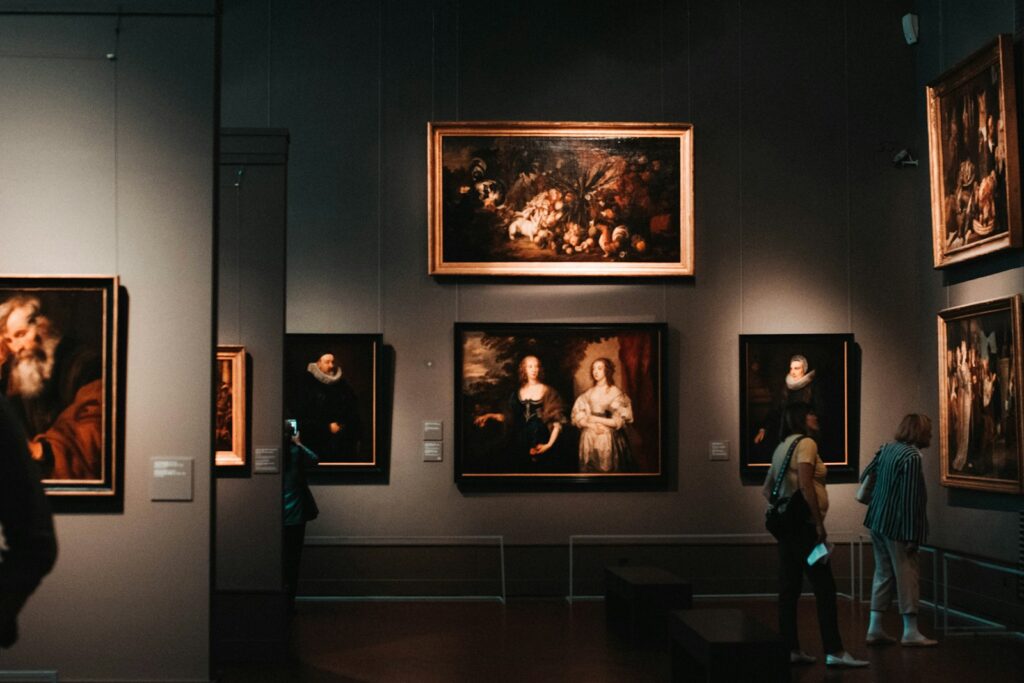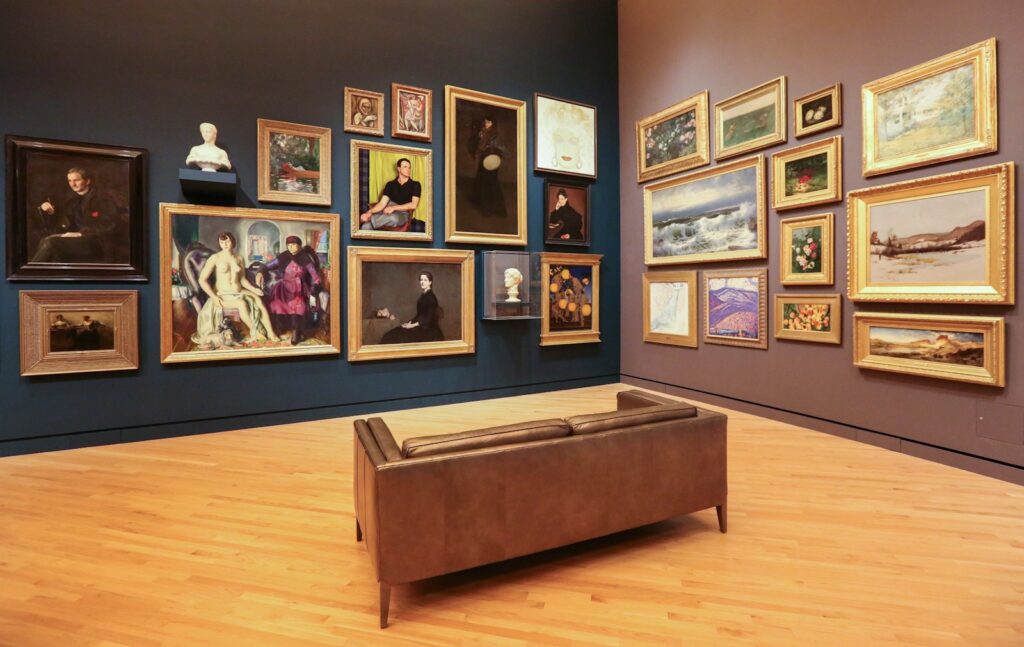
The art world mourns the loss of Doris Lockhart Saatchi, an American-born contemporary art collector and esteemed writer who died on August 6 in London at 88. A figure of immense influence, she played a pivotal role in elevating movements like Minimalism and Pop Art, ensuring their wide exposure across Britain and the United States. Her death, confirmed by longtime nurse Mary Ann Paydoen, was attributed to chronic kidney disease and other ailments, marking the end of a life dedicated to championing cutting-edge art.
With a discerning eye and, for years, the substantial fortune of her then-husband Charles Saatchi, she helped assemble one of the world’s foremost contemporary art collections. Beyond acquisition, she was a critical voice, intellectual force, and tireless advocate for artists challenging conventional perceptions. Her impact on modern art is indelible, shaping public understanding and collector interests for decades.
Early Life and Intellectual Roots
Doris Jean Lockhart was born in Memphis on February 28, 1937, the eldest of three children to Jack and Nina (Tall) Lockhart. Her father, an itinerant journalist who later managed Scripps-Howard Newspapers, likely instilled in her an early appreciation for diverse perspectives and keen observation. The family’s move to Scarsdale, New York, provided a foundational education, with her graduating from Scarsdale High School in 1954.
Her academic pursuits deepened her art and culture understanding. She studied art and art history for a year at the Sorbonne in Paris before graduating from Smith College with a Bachelor of Arts in 1958. Early career stints included work at J. Walter Thompson in New York and volunteering in John F. Kennedy’s 1960 presidential campaign, where she described herself as a “Dom Pérignon Democrat.” She later moved to England, finding America “very conformist” and drawn to unconventional paths.

A Legendary Partnership and Collection
In London, Lockhart continued her advertising career, leading copywriters at Benton & Bowles, where she met Charles Saatchi. Author Kevin Goldman described her then as “tall, blond and decidedly cool,” a “sophisticated woman who spoke several languages and knew a great deal about art and wine.” Their partnership would reshape the art world.
Lockhart and Saatchi began living together in 1967 and married in 1973. She is credited with redirecting his collecting instincts from Superman comics and jukeboxes to rigorous contemporary art. Their first significant purchase, a 1970 Sol LeWitt drawing, laid the groundwork for a collection that by 1986 was called “one of the finest” globally, featuring works by Donald Judd, Andy Warhol, Robert Ryman, and others.
In 1985, the couple opened a museum for their growing collection in a converted North London paint warehouse. The space quickly became a leading showcase for contemporary artists, drawing transatlantic attention. Art critic Sanford Schwartz noted its evolution “from shallow-spaced and gleaming, smooth-surfaced art to an art of porous surfaces, flickering light, and shifting space,” solidifying its role as a hub for modern art discourse.

Beyond Partnership: Independent Influence
The couple’s collecting partnership ended with their 1990 divorce, after 14 years of marriage. Charles later sold major works to infuse cash into Saatchi & Saatchi, but their shared artistic sensibilities persisted. Even as individual collectors, they often “trod the same path,” particularly with emerging Young British Artists (YBAs).
By then, Lockhart Saatchi’s reputation as a critic was firmly established. She contributed to publications like House and Garden, Artscribe, and The Independent, offering insights valued for depth and clarity. Her prescience shone in a 1981 Royal Academy yearbook review, where she alone hailed “The New Spirit in Painting” as landmark—a show other critics panned. “It took five or six years for the lessons of that show to sink in,” she later noted, vindicating her judgment.
Post-divorce, she championed YBAs like Damien Hirst and Gary Hume. Artist duo Langlands & Bell noted she was “well ahead” of Charles in recognizing their talent. She supported Hirst’s early work, including a glass case with a rotting cow’s head, with an initial contribution; Hirst later gifted her “The Only Way Is Up,” a piece of ignited pills, displayed prominently in her home.

Aesthetic Vision: Minimalism and Beyond
Lockhart Saatchi’s eye was rooted in Minimalism, drawn to art “pared down to blocks of light and shade.” Her home, described by The Sunday Times as “a temple to minimalism,” reflected this. She defended the movement against misunderstanding, noting it “affects the space you’re in” and a resolved piece needs “nothing added or taken away.” She sought “intensity” in art, a quality transcending movements.
Her public image was shaped by Robert Mapplethorpe’s 1983 portrait, now in the National Portrait Gallery. “He totally objectified me, dehumanized me, almost,” she said, yet added, “I see Robert Mapplethorpe’s wonderful photograph,” showcasing her ability to appreciate art beyond personal connection.

Expanding to Architectural Art
Her collecting expanded to architectural models and drawings, which she believed were poised for widespread interest. “People are becoming interested in contemporary architecture in the same way they became interested in contemporary art 10 years ago,” she said. In 1997, she organized a groundbreaking auction at the Saatchi Gallery for The Architectural Association, featuring works like a 1947 Le Corbusier pencil study and models by Foster and Herzog & De Meuron.
She aimed to foster understanding of architectural process, displaying “whole suites of drawings from conceptual sketch to buildable plans” to reveal the “amazing process” behind creation. Her Mayfair home, redesigned by minimalist architect John Pawson, served as a space for such works, even hosting Britain’s first gallery dedicated to selling architectural art, by appointment only.

Criticism rarely deterred her. “I didn’t give a toss about the reaction,” she once said. Early skepticism about their collection—with her labeled “brash American” and Charles “secretive manipulator”—faded as critics later recognized its significance. When criticized for selling works, she responded, “I don’t see any problem with selling if your eye has changed.” “Collectors feel compelled to do it,” she added. “We may all be as neurotic as hell, but there’s no plot.”
Her legacy endures as a “born collector” with unparalleled connoisseurship. Curator Julia Peyton-Jones called her “very respected for her eye” and “very considered.” She understood art’s cyclical nature: “One of the few safe predictions is that contemporary art is by nature cyclical.” Even in her final years, she curated her collection, with pieces like Langlands & Bell’s “Museums in Motion (1989)” in her Eaton Square home.
Doris Lockhart Saatchi was more than a collector; she was a catalyst who shaped how art is perceived and valued. Her passion, intellect, and vision leave an indelible mark, inspiring future generations to embrace the new and unexpected.




